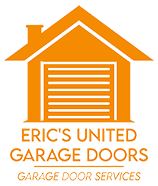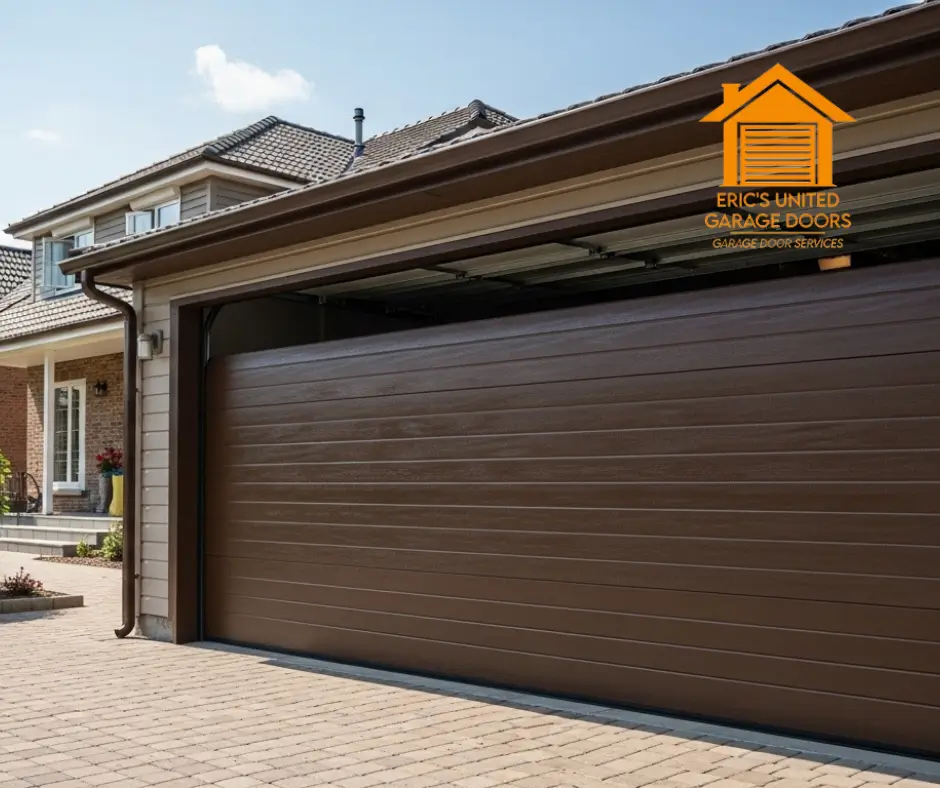Your garage door is one of the largest moving parts in your home—and one of the most visible. It contributes to curb appeal, protects your property, and provides easy access to your home. But over time, wear and tear can take a toll. Knowing when it’s time for a garage door replacement is crucial for maintaining safety, efficiency, and peace of mind.
1. Frequent Breakdowns and Noisy Operation
If your garage door is constantly in need of repairs or making grinding, screeching, or rattling noises, it may be a sign that your system is wearing out. A few repairs are normal over the years, but repeated service calls and ongoing mechanical problems often signal the need for a full garage door replacement.
2. Sagging or Uneven Movement
When your garage door looks uneven or sags on one side, this often indicates an issue with the springs, cables, or the door’s structure itself. In some cases, older wooden or worn metal doors begin to warp due to age and weather. A full replacement ensures smooth, balanced motion and reliable performance.
3. Visible Damage or Rust
Dents, cracks, warping, and rust don’t just impact the door’s appearance—they can also compromise its function and safety. A door with major cosmetic and structural damage may not seal properly, letting in cold air, moisture, and pests. If the panels or frame are beyond repair, it’s time to consider a new garage door replacement.
4. Outdated Safety Features
Modern garage doors are equipped with safety sensors, auto-reverse mechanisms, and rolling code technology to prevent unauthorized access. If your current door lacks these essentials, upgrading during a replacement improves both protection and peace of mind. This is especially important for families with children or pets.
5. Poor Energy Efficiency
Old garage doors often lack proper insulation, allowing heat and cold to pass through easily. This puts extra strain on your HVAC system, especially if your garage is attached to your home. A replacement with a properly insulated model helps regulate indoor temperature and lowers your energy usage.
6. Slow or Inconsistent Operation
Does your door hesitate, pause, or move slower than it used to? These may be signs of aging parts or motor issues. If you’ve already tried opener repairs and the performance hasn’t improved, it may be time for a full garage door replacement to restore smooth, dependable operation.
7. You’re Ready for a Style Upgrade
Aside from function, your garage door plays a big role in your home’s exterior design. If your current door looks outdated or clashes with recent renovations, replacing it can dramatically improve your home’s curb appeal. Modern designs offer sleek finishes, windows, and custom features that better reflect your personal style.
When to Replace the Garage Door Opener, Too
Many homeowners replace their opener at the same time as the door, especially if it’s old, noisy, or lacks smart features. Combining your garage door replacement with a new opener ensures compatibility and improves performance across the entire system.
Final Thoughts
A faulty garage door can be more than an inconvenience—it can be a safety risk and energy drain. If you’ve been dealing with frequent issues, outdated components, or visible damage, don’t wait until the system fails completely. Consider a proactive garage door replacement to upgrade your home’s safety, efficiency, and appearance.

